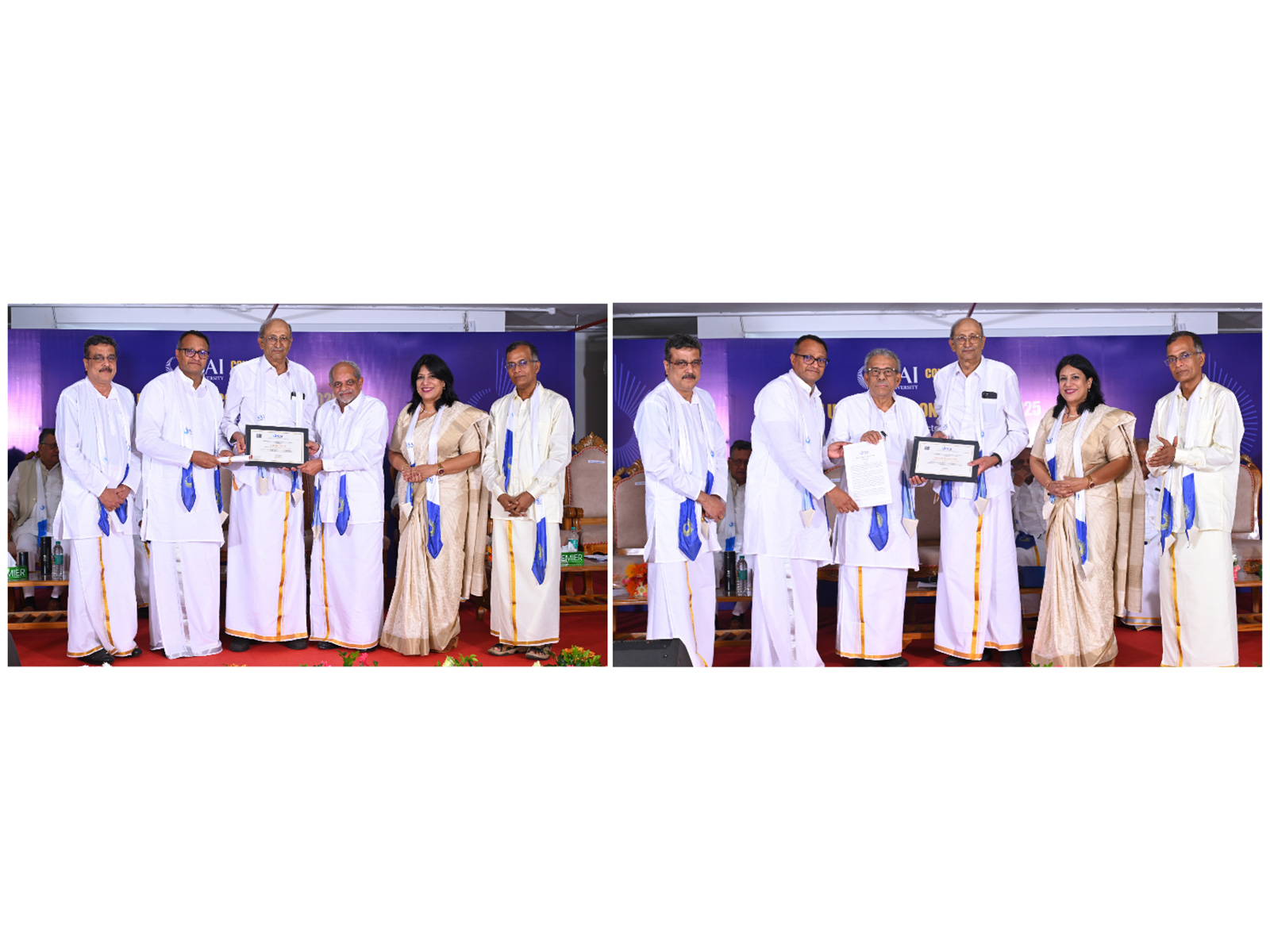New Delhi [India], November 24 (ANI): India’s newly introduced labour codes are set to bring major changes in areas such as employee benefits, working conditions, hiring models and enforcement mechanisms, highlighted a report by Ernst & Young (EY).
According to the report, a significant change is the new system of categorising employees and workers. The category of “employee” now covers all workers regardless of role, level or salary, while the term “worker” applies to those engaged in manual, skilled, technical, operational, clerical or supervisory functions.
However, supervisory staff earning more than Rs 18,000 per month are excluded from the worker category.
This new categorisation has implications for overtime, leave encashment, contract labour, retrenchment and dispute resolution, the report said.
It stated “Employee, Covers all irrespective of role/level/nature of duties/salary…..Worker, Covers manual, unskilled, skilled, technical, operational, clerical or supervisory work, Excludes managerial or administrative role, Excludes supervisory role with wages exceeding Rs 18,000 per month”.
The reforms, which came into force on 21 November 2025, merged 29 existing labour laws into four comprehensive codes to simplify labour regulations and improve workplace governance.
The four codes include The Code on Wages, 2019; The Code on Social Security, 2020; The Occupational Safety, Health and Working Conditions Code, 2020; and The Industrial Relations Code, 2020.
These replace earlier workplace laws such as the Minimum Wages Act, the Payment of Wages Act, the Factories Act, and the Industrial Disputes Act, among others.
Another major shift highlighted is the revised definition of “wages,” which directly affects employee compensation structures. The definition includes all salary components expressed in money, while elements such as conveyance, HRA, bonus and overtime are part of the exclusion set.
However, exclusions cannot exceed 50 per cent of total remuneration, which means that basic wage must form at least half of total salary.
As a result, statutory payments such as PF (Provident Fund) and gratuity are expected to increase, leading to higher cost for employers and reduced take-home salary for employees, the report added.
The codes introduce changes in gratuity eligibility, which will now apply to fixed-term employees completing one year of service. Overtime payments will be applicable for more than 8 hours a day or 48 hours a week, and leave encashment will apply at the end of each calendar year.
The new framework formally recognises flexible hiring, including fixed-term employment, which must receive the same wages and benefits as permanent staff. There is no restriction on the number or duration of such hires.
Regulations for contract labour have tightened, with restrictions on employing them in core activities (with exceptions) and placing statutory responsibility on the principal employer.
The codes introduce online inspection schemes, stricter compliance responsibility for employers, and prosecution for repeated violations. Employees can now directly file complaints in court.
The report advises organisations to redesign payroll structures, revise classifications of workers, update internal controls and review HR policies in line with the new provisions. (ANI)
Disclaimer: This story is auto-generated from a syndicated feed of ANI; only the image & headline may have been reworked by News Services Division of World News Network Inc Ltd and Palghar News and Pune News and World News
HINDI, MARATHI, GUJARATI, TAMIL, TELUGU, BENGALI, KANNADA, ORIYA, PUNJABI, URDU, MALAYALAM
For more details and packages
















